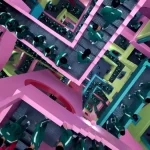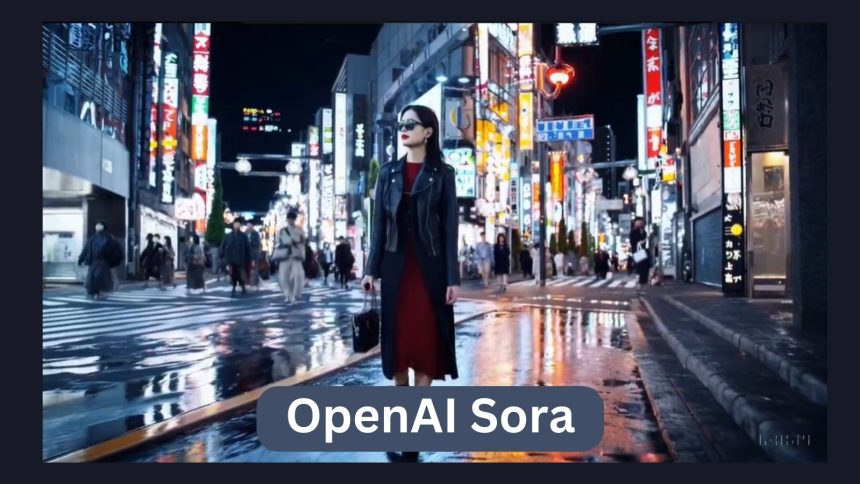OpenAI has unveiled Sora, a revolutionary AI model capable of generating realistic and intricate videos based on simple text prompts. This groundbreaking technology marks a significant leap forward in AI’s ability to understand and interact with the visual world.
Key Capabilities:
Creates high-quality videos up to a minute long: Sora can craft visually compelling content that adheres faithfully to user instructions.
Handles complex scenes: Multiple characters, specific movements, and detailed backgrounds are within Sora’s grasp.
Understands physical context: Not just words, Sora interprets prompts in the context of the real world, creating more believable outcomes.
Expressive characters and emotions: The model generates characters that convey a range of human emotions, enhancing the depth of its creations.
Multi-shot consistency: Sora can maintain visual style and character continuity across multiple video shots.
Introducing Sora, our text-to-video model.
— OpenAI (@OpenAI) February 15, 2024
Sora can create videos of up to 60 seconds featuring highly detailed scenes, complex camera motion, and multiple characters with vibrant emotions. https://t.co/7j2JN27M3W
Prompt: “Beautiful, snowy… pic.twitter.com/ruTEWn87vf
Limitations and Safety Measures:
While impressive, Sora has limitations. Simulating complex physics and cause-and-effect relationships can be challenging, leading to potential inaccuracies in spatial and temporal details.
OpenAI understands these limitations and emphasizes safety before making Sora widely available. Rigorous measures include:
Adversarial testing: Collaborating with experts to identify and address potential misuse.
Misinformation detection: Developing tools to flag misleading content generated by Sora.
Data safety: Using licensed or publicly available training data to avoid copyright infringement.
Transparency and engagement: Sharing research progress early and collaborating with stakeholders to ensure responsible development and deployment.
Underlying Technology: Sora leverages advanced AI techniques like diffusion models, transformer architecture, and data patching. Building upon past successes like DALL·E and GPT, it incorporates recaptioning to adhere to prompts and even animate still images or extend existing videos.
Researchers’ Perspectives:
Prompt: “A movie trailer featuring the adventures of the 30 year old space man wearing a red wool knitted motorcycle helmet, blue sky, salt desert, cinematic style, shot on 35mm film, vivid colors.” pic.twitter.com/0JzpwPUGPB
— OpenAI (@OpenAI) February 15, 2024
Bill Peebles, a researcher, sees Sora developing an understanding of cinematic grammar, potentially enabling autonomous narrative creation. However, both Peebles and OpenAI express concern about potential misuse, particularly in deepfakes and misinformation.
Availability and the Future:
Currently, Sora is available for internal risk assessment and feedback from creative professionals. OpenAI’s proactive approach, with transparency and safety at the forefront, aims to ensure this powerful technology benefits society positively.
Sora represents a significant leap in AI’s ability to generate visual content. With its potential applications ranging from entertainment to education, its impact could be substantial. However, responsible development and deployment are crucial, and OpenAI’s commitment to safety measures is highly commendable. As Sora evolves, continued collaboration and responsible use will be essential to harness its potential for good.






